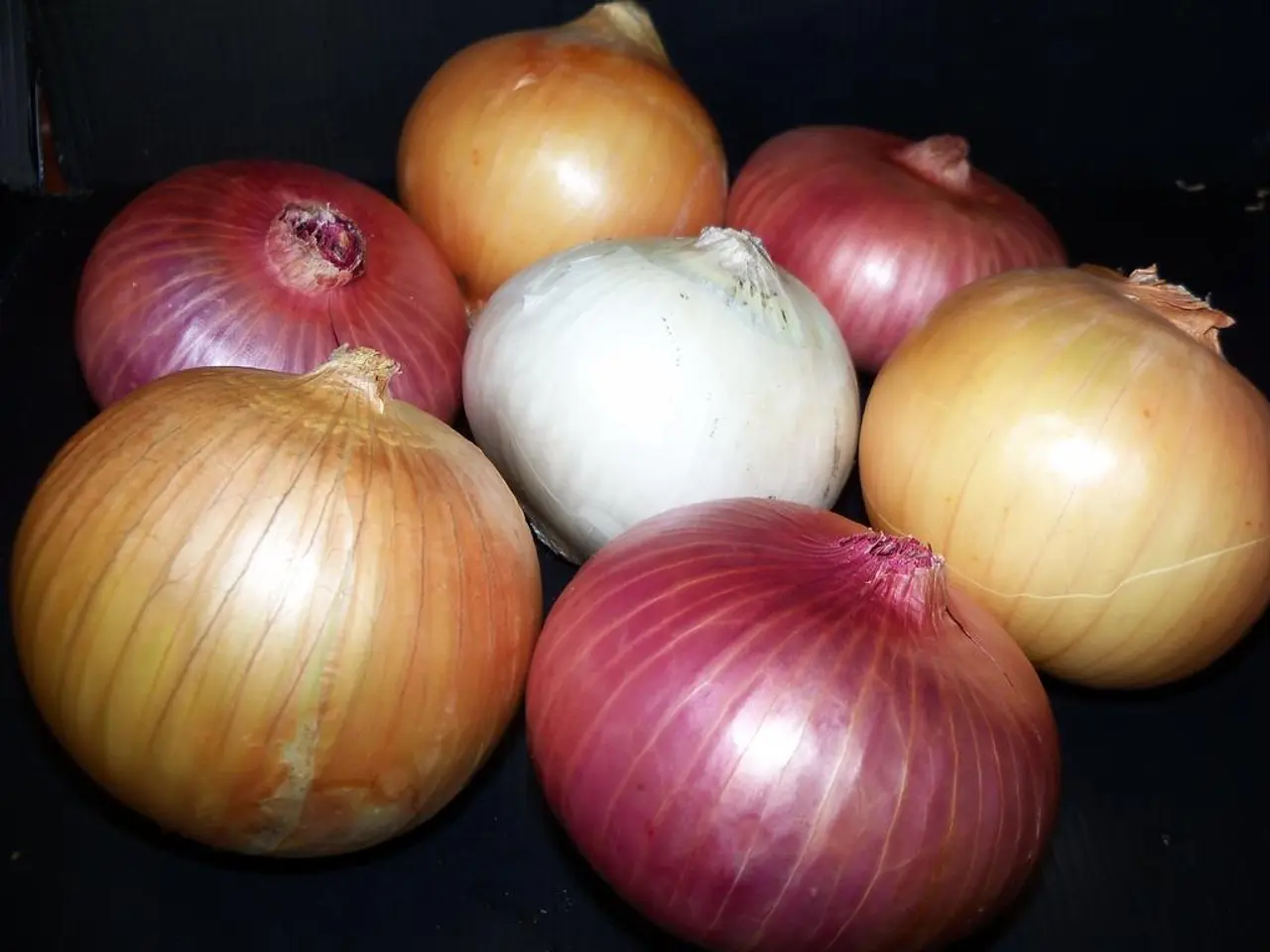Planting Garlic in Zone 6a: Ideal Timing and Recommended Strategies
In USDA Zone 6A, growing garlic can be a rewarding experience for gardeners. By following best practices, you can ensure a bountiful harvest of robust, flavourful garlic.
**1. Ideal Variety:**
Hardneck garlic varieties, such as Purple Stripe, Rocambole, or Porcelain types, are well-suited for Zone 6A because they require and tolerate cold winters and produce garlic scapes. These varieties typically deliver robust flavour and larger cloves. Softneck garlic can also be grown but often prefers milder winters.
**2. Climate and Timing:**
Garlic needs a period of cold dormancy; in Zone 6A, plant in the fall from early October to mid-November, about 6-8 weeks before the first hard frost, allowing garlic to establish roots before winter. In areas with cold winters like Zone 6A, fall planting is optimal to ensure good bulb development.
**3. Soil Requirements:**
Plant garlic in well-drained, fertile soil rich in organic matter. Garlic does not like "wet feet" (saturated soils), so avoid heavy clay or poorly drained sites. Soils with good moisture retention but good drainage (e.g., amended sandy loam or loamy soil) are ideal. A pH around 6-7 is optimal; consider adding compost and balanced organic fertilizer to improve fertility.
**4. Planting Techniques:**
Break apart bulbs into individual cloves, keeping the papery husk intact. Plant cloves with the pointed end up and the blunt end down. Depth: Plant cloves about 2 to 3 inches deep. Spacing: Space cloves about 4-6 inches apart within rows, with rows 12 inches apart. For larger garlic varieties, wider spacing encourages bigger bulbs; for smaller spaces and smaller varieties, closer spacing is possible but requires careful watering and nutrient management.
**5. Cultivation and Care:**
Keep garlic well-watered during the growing season but avoid waterlogging. Mulch heavily after planting in fall to protect from freeze-thaw cycles and suppress weeds through winter; remove or thin mulch in spring as shoots emerge. Weed regularly to minimize competition. For hardneck varieties, remove scapes (flower stalks) in early summer to focus energy into bulb growth. Maintain soil fertility through sidedressing with compost or balanced organic fertilizer in early spring.
**6. Harvesting:**
Harvest garlic when lower leaves begin to brown but upper leaves are still green, usually in mid- to late summer the year after planting. Carefully lift bulbs with a garden fork to avoid damage. Cure garlic by drying in a shaded, well-ventilated area for 2-4 weeks to develop flavour and storage quality. Store cured bulbs in a cool, dry place with good air circulation.
By following these practices, you can grow garlic in Zone 6A that is not only healthy but also delicious. Avoid storing garlic in plastic containers, and instead, store it in mesh bags or bundle it and hang it bulb-side down in a cool, dark, and dry place to extend its shelf life. Regular inspections and natural pest control methods like neem oil are recommended to combat common pests and diseases like thrips and white rot. Happy gardening!
- For an enjoyable home-and-garden lifestyle, consider growing various hardneck garlic varieties, such as Purple Stripe, Rocambole, or Porcelain types, in your Zone 6A garden, as they are well-adapted to cold winters and produce garlic scapes that contribute to robust flavors and larger cloves.
- In Zone 6A, cultivate a flourishing home-and-garden lifestyle by taking advantage of your green thumb with gardening projects, like growing a garlic patch in your home-and-garden, and indulge in the rewarding experience of harvesting flavorful garlic bulbs to elevate your lifestyle and culinary endeavors.




